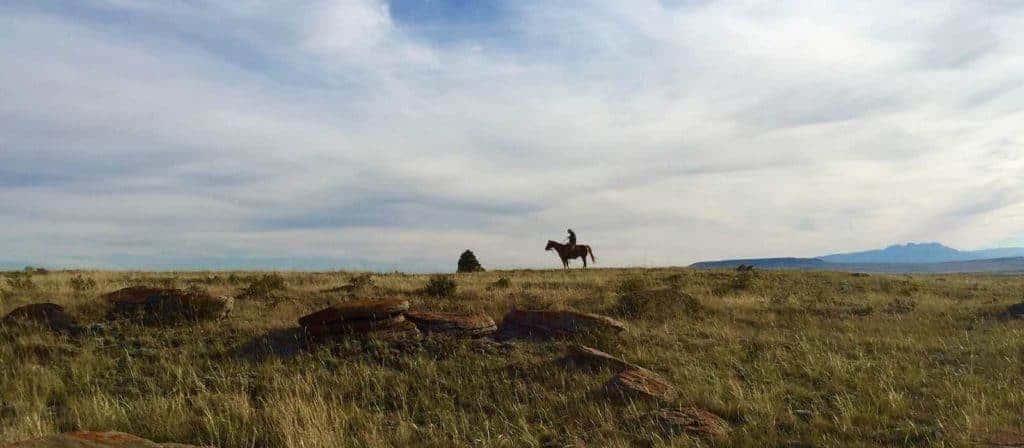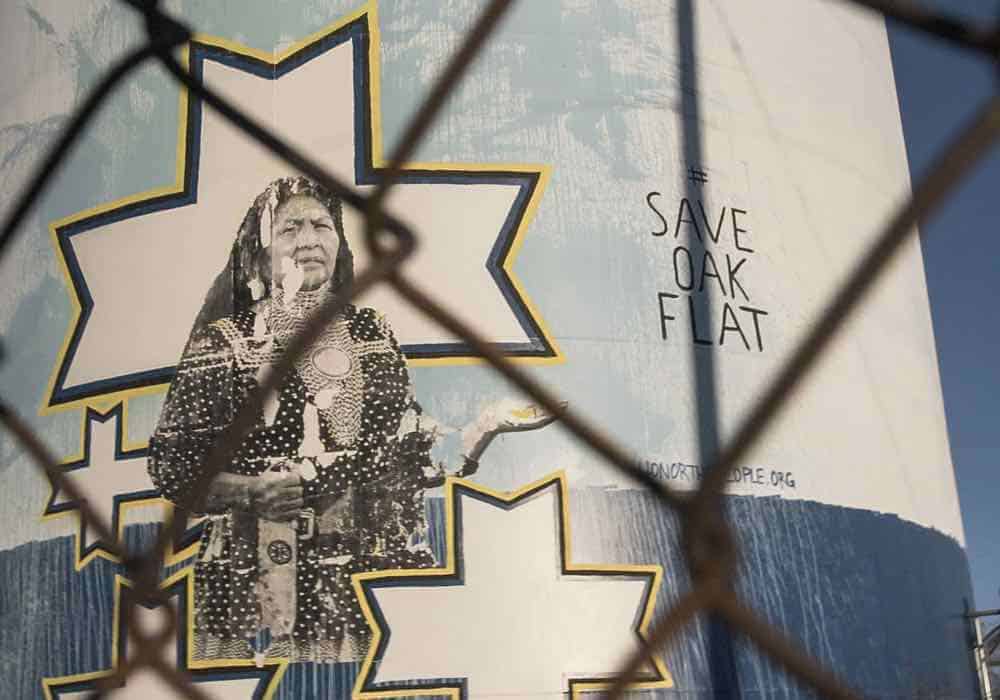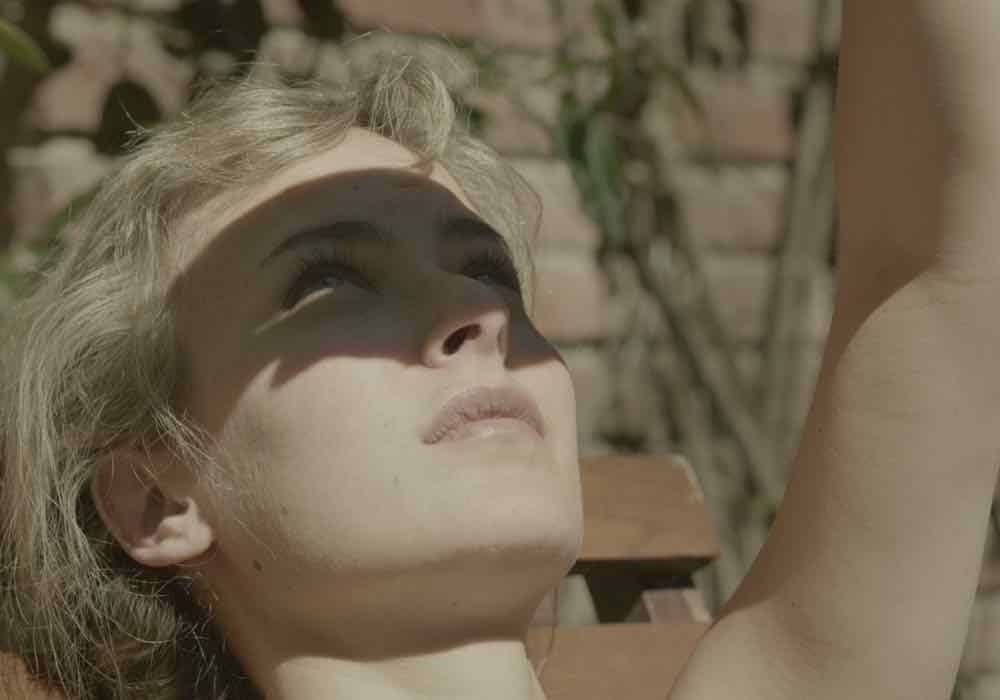Two documentaries screening in Sundance’s New Climate program — Rancher, Farmer, Fisherman and RISE — shed light on projects to protect land in the U.S. and the lasting effects of colonialism.

In Rancher, Farmer, Fisherman, directors Susan Froemke and John Hoffman present the act of protecting land and natural resources as a singularly masculine endeavour, part of the paternal duty to provide for one’s progeny. The white male ranchers of Montana, farmers of Kansas, and fishermen of Florida may face an uphill battle, but it’s a righteous one. These entrepreneurs are accidental environmentalists. They need local resources for their business, and environmental destruction just happens to be counter to this goal.
The film suggests that fighting to protect natural resources is merely a part of protecting property rights, personal freedoms, and personal livelihood. In other words, it’s a patriotic, all-American duty. For Montana rancher Dusty Crary, protecting the wilderness surrounding his land isn’t merely about preserving the beautiful landscape. It’s crucial to keep the lands where his cattle graze intact. Kansas farmer Justin Knopf wound up embracing certain sustainable farming practices, like a no till policy, because he discovered it meant he could produce better crops; that it reduced his use of insecticides and pesticides was an incidental benefit. And Louisiana fisherman Wayne Werner never planned to be a crusader on behalf the red snapper population, but strictly enforcing fishing caps would mean the difference between starvation and prosperity.
Each of these men became leaders in their community out of necessity, organizing others to purchase the surrounding lands, adopt similar farming practices, or rally together to get fishing laws changed.
But by only telling the story of people “saving the land”, Froemke and Hoffman neglect that economic opportunity is also what tends to drive environmental destruction. Froemke and Hoffman go to great lengths to show us how ordinary the men they follow are. They just want to feed their families and raise their kids — and still preserve the land that is so crucial to their American identity to pass onto their children. Protecting the land means protecting their country. To a degree, this is an encouraging narrative: if anyone can start a groundbreaking grassroots movement, then there’s hope for the planet. But if economic necessity (and national identity) are their driving motivations, why should people whose jobs entail environmental destruction, like miners or oil refinery workers, ever be motivated to act?
It’s ironic that Sundance decided to include Rancher, Farmer, Fisherman in their New Climate program (ostensibly a group of films about addressing climate change) given the climate silence that pervades the film. Not only do its all-American protagonists never mention climate change, but neither does its narrator, Tom Brokaw — a familiar voice designed to lend the story weight and tacit mainstream approval. There’s also utter silence on the wider environmental impacts of the actions that its protagonists are protesting against: the film is only interested in how it affects these men, in particular.
Finally, it’s troubling that the film almost entirely excludes women and people of colour from its narrative. We meet men and fathers, not wives, daughters, or female ranchers, farmers, or fisher(wo)men. To include women in the narrative would be to spoil Froemke and Hoffman’s careful positioning of the fight’s place in the masculine All-American dream. Given the film’s focus on America’s heartland, it’s no surprise that the people followed are all white.
It does stand out that they don’t seem to encounter anyone but white people, including the occasional woman working for an environmental organisation. If we assume that middle-aged white men, like the film’s protagonists, are the least likely people to engage in environmental activism, then perhaps the film still serves the purpose of mobilizing that part of the population. But it’s otherwise an exclusionary narrative that refuses to reckon with the large-scale problems the film’s protagonists are ultimately fighting against.
Women, however, are omnipresent leaders on the frontline in RISE, VICE’s new series about American Indigenous environmental activism. Watching RISE on the heels of Rancher, Farmer, Fisherman diminished it further as it’s a reminder that even these men devoted to protecting their lands are themselves living on stolen lands. In the three episodes screened at Sundance, Indigenous Americans are forced to constantly fight to protect the land that’s rightfully theirs.
Sacred territories repeatedly come under threat of large scale environmental destruction, from the territories of Oak Flat to the waters endangered by the Dakota Access Pipeline. Too often, Indigenous male leaders are lured by the money that projects like mining and pipelines bring. These projects also bring an influx of men, and with them, an increase in sexual assaults in Indigenous communities. So it falls to women to lead the battle to protect their territories and their people.
With Sarain Fox, a Canadian Indigenous woman, as our guide, RISE offers an insider’s look at Indigenous communities in the U.S., their activism, and the core values and rites that drive them. So much of what we learn is in conversations between groups of women, and you sense that we would never hear anything so personal if Fox weren’t there to listen and facilitate discussion. RISE fills in gaps in Indigenous history for those of us unaware, explaining the ways in which the U.S. government has repeatedly violated treaties with Indigenous communities for financial gain with no consequences except to the communities themselves. The Indigenous People also tell their stories of their connection to their land and the generations of trauma associated with being displaced from their homeland.
While RISE succeeds in getting us incensed at the injustices served on Indigenous People, it also offers a beacon of hope. We meet teenaged women who are willing to lay their lives on the line in peaceful protest to save their land and the environment. And they’re seeing successes. The final two episodes, which focus on the DAPL, are the most urgent, giving us the story behind the headlines, and the story that happened well before the protest was even making headlines. RISE amplifies Indigenous voices without pandering to white audiences. It’s invigorating.
Read more: Sundance: Host Sarain Fox and Director Michelle Latimer on their VICE series RISE >>
Read more: Sundance: An Inconvenient Sequel never proves necessary >>

